Went hiking to Hayward Lake, one of two lakes created by flooding a valley in Vancouver to power two dams. This is the story of the dams and the railway that created them.
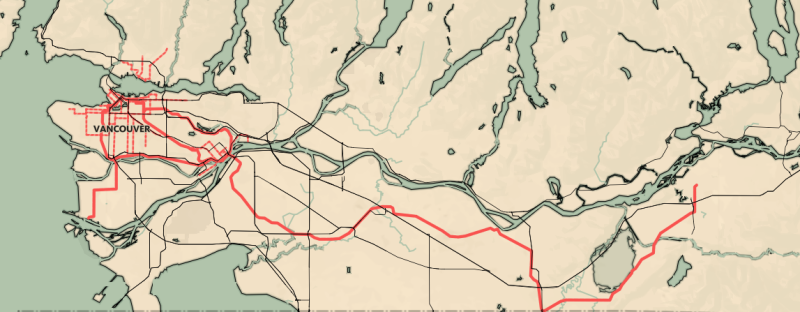
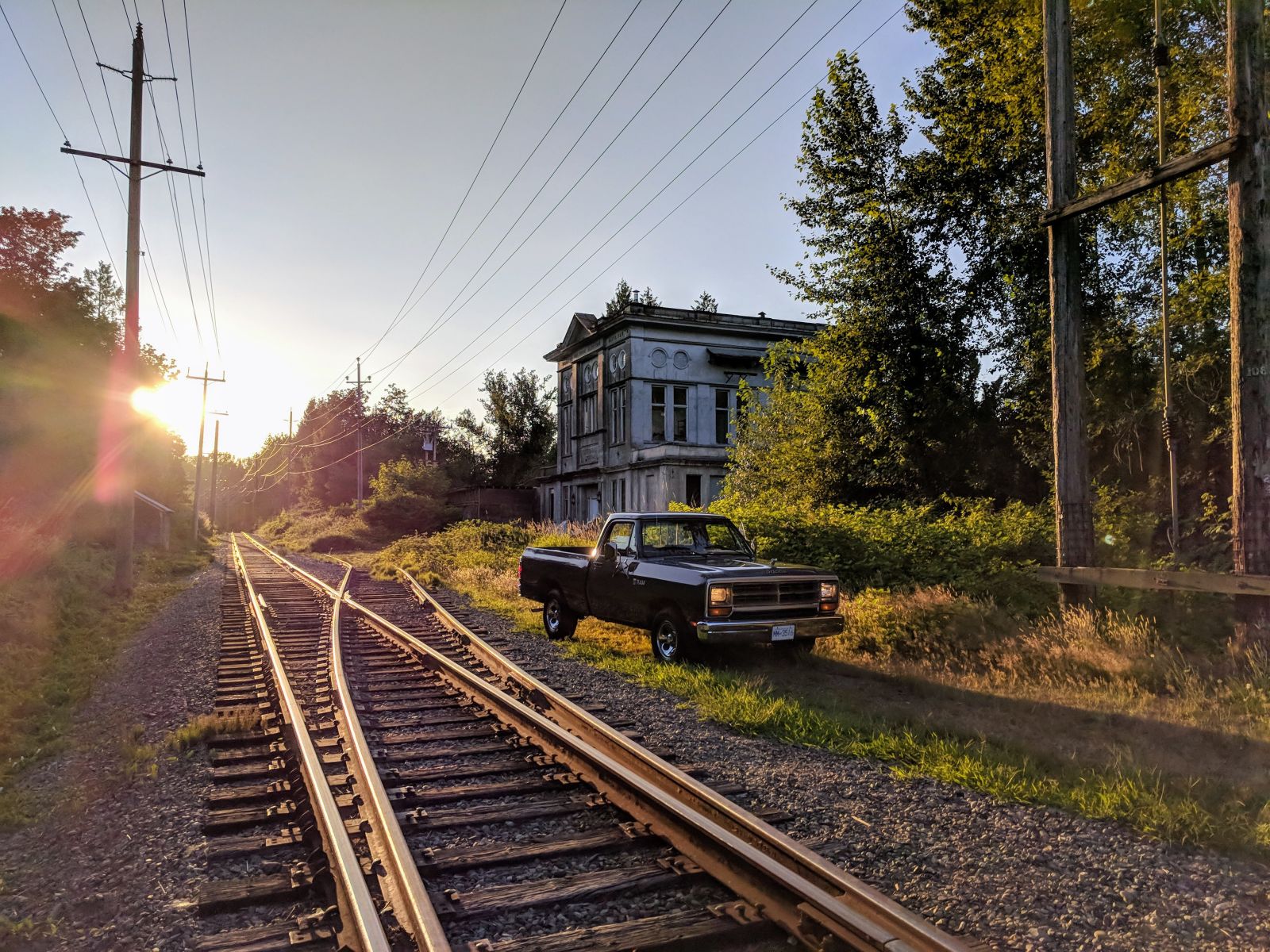
What people don’t know is that before WWII, we had electrified transit with nearly 100 stations throughout Vancouver. The lines operated in 5 lines:
- the Central Park Line (similar to today’s Expo Line),
- the Burnaby Lake Line (similar to today’s Millennium Line),
- the Lulu Island Line (similar to today’s Canada Line)
- the Westminster-Eburne Line (connecting Marpole to New Westminster)
- and the Chilliwack Line (connecting New Westminster to Chilliwack)
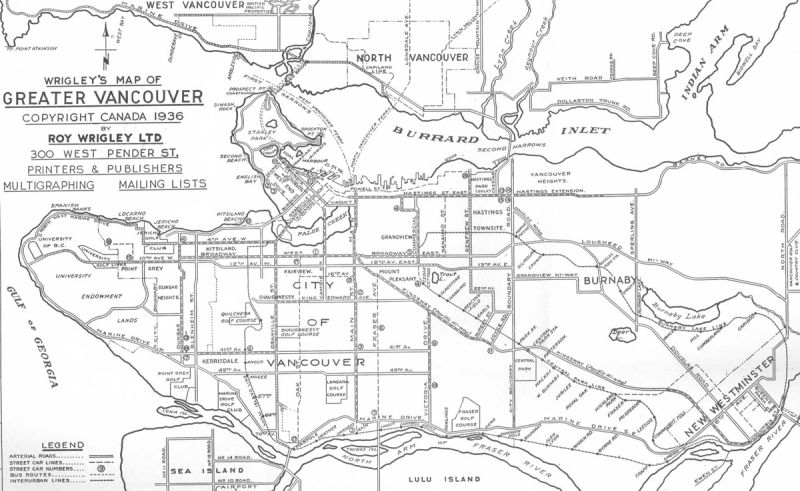
The British Columbia Electric Railway (BCER) was an interurban electric railway formed in 1897. The railway’s origins lay in the Vancouver Railway and Lighting Company, a street railway, started around 1890.
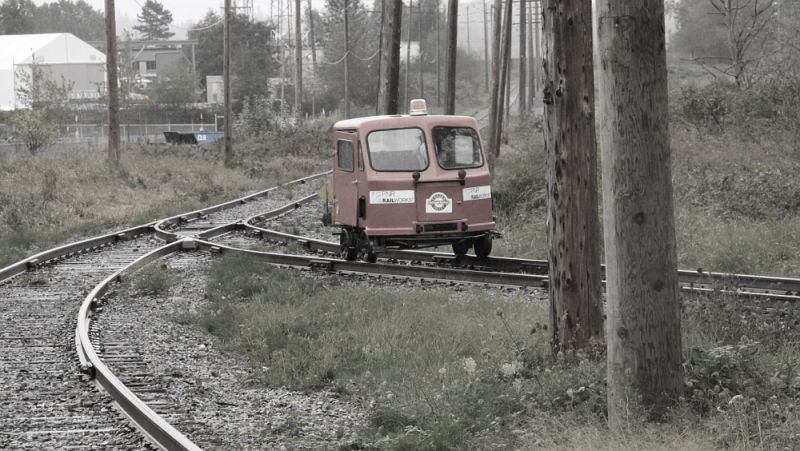
Financed largely with British capital, the company was formed by Francis Barnard and Robert Horne-Payne, a British financier. The company was reorganized a number of times under several different names before settling on BCER in 1897. Within a couple of weeks, they had taken control of the electric rail systems in New Westminster, Vancouver and Victoria.
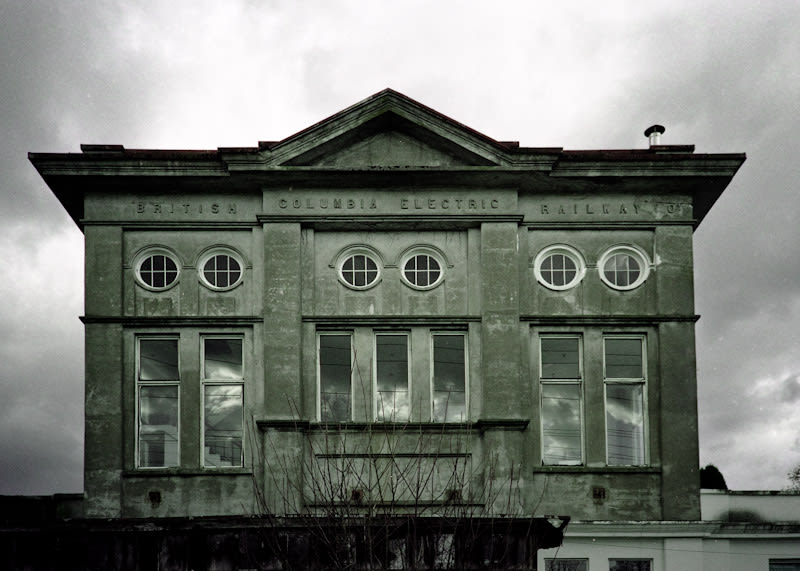
The company’s major goal was to run the entire railway using electricity, rather than steam. To accomplish this, they needed to produce their own source of electrical power. This led to the development of an electric plant at Buntzen Lake in 1903, followed by a second plant at Stave Falls. The main purpose of these plants was to provide electricity to power the railway. Today I took pictures of what remains of some of the trestles. The rest of the rails are now below the water.
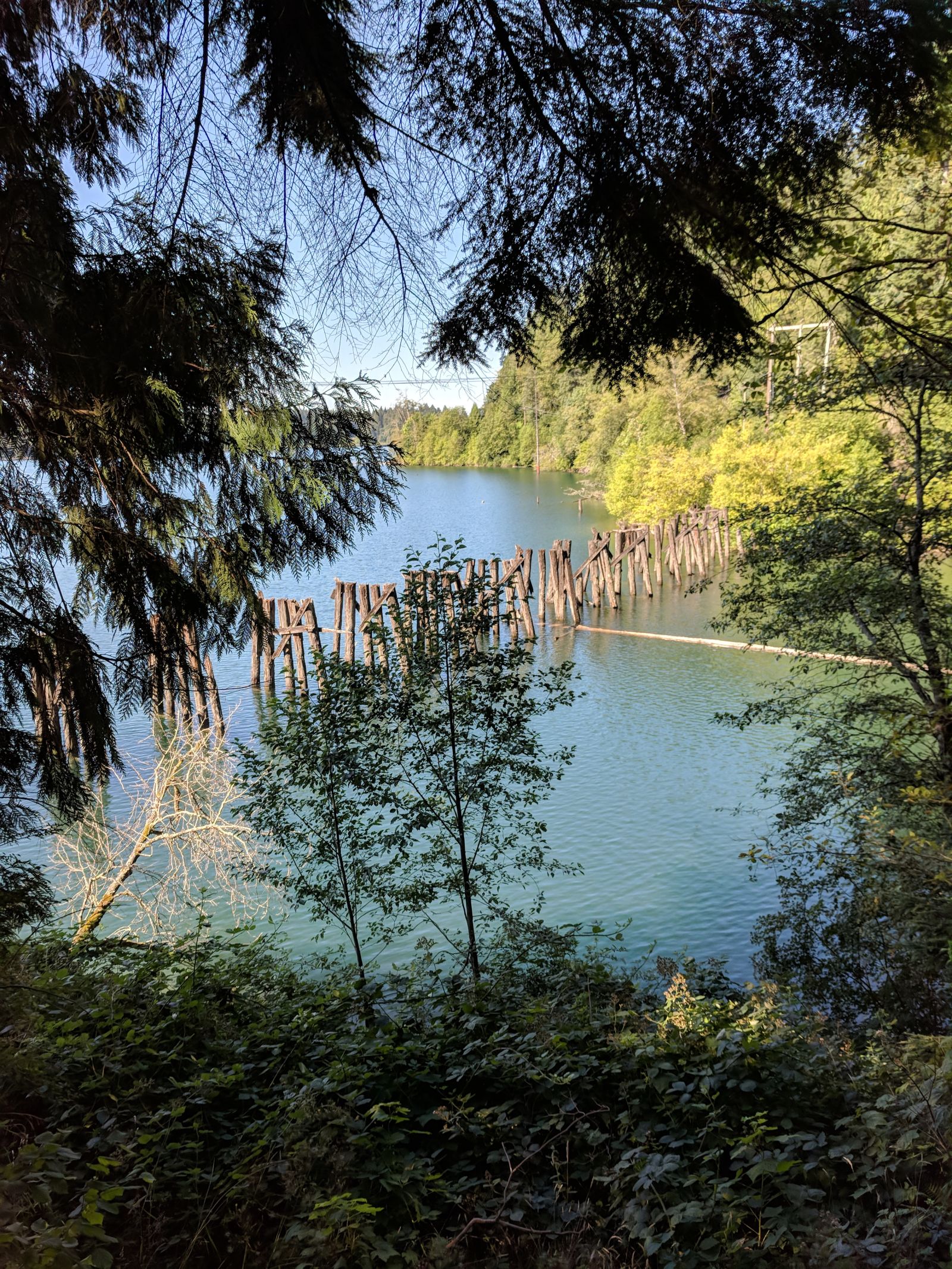
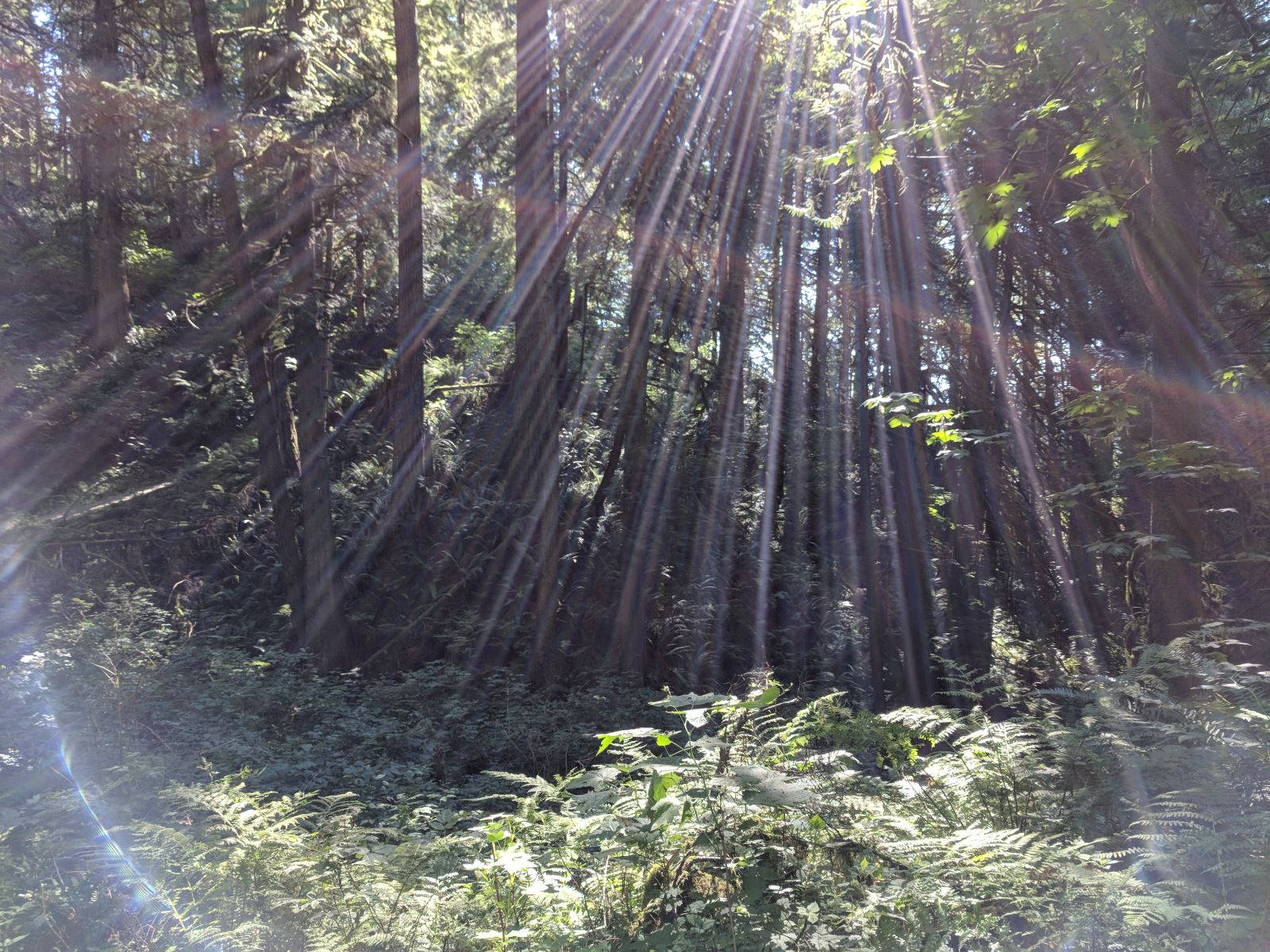
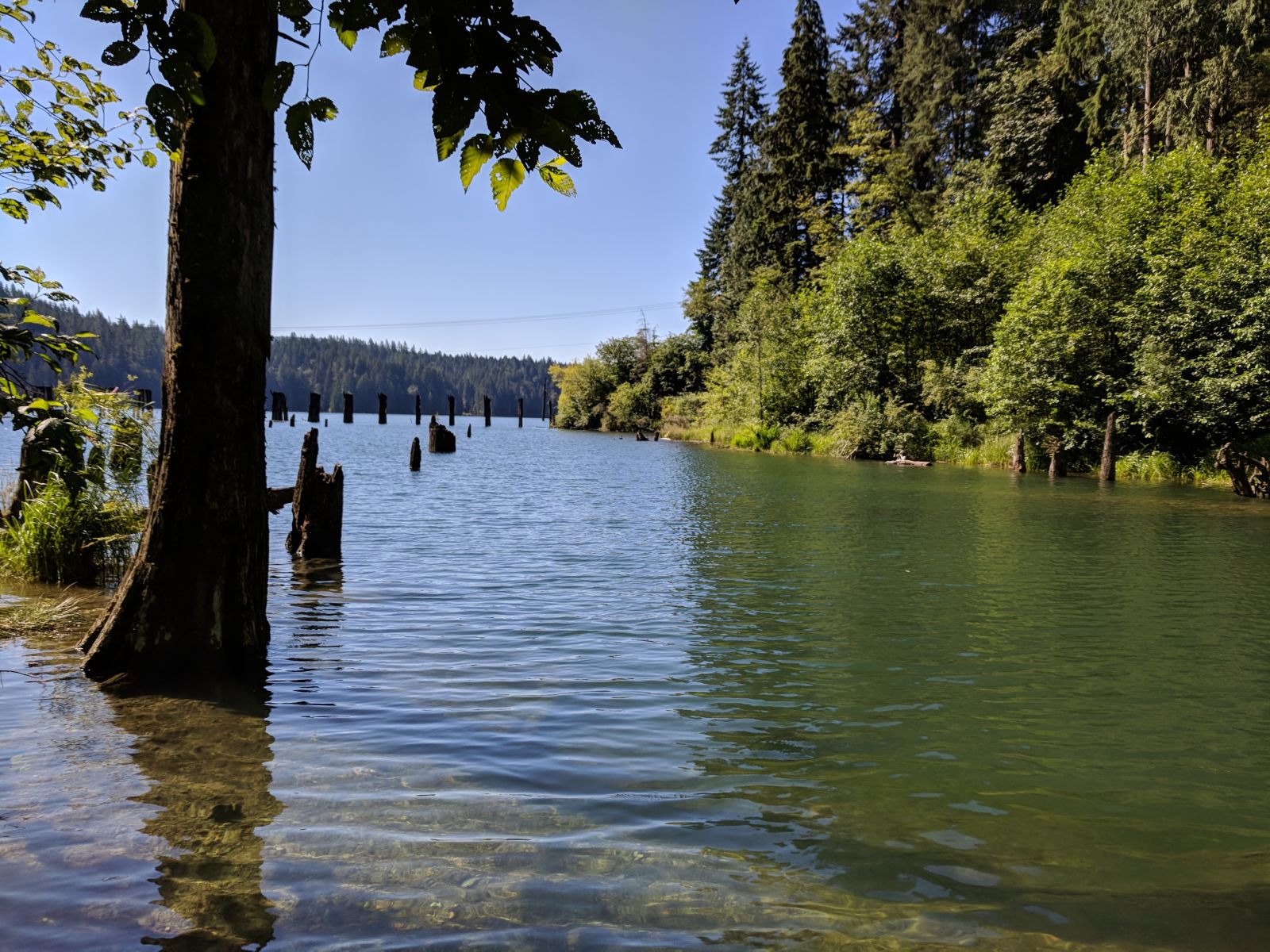
At its height, BCER provided interurban service on three lines covering a large portion of southern BC. The company also provided municipal transit service in Greater Vancouver and Victoria. BCER grew to become one of the most extensive electric railways in the world.